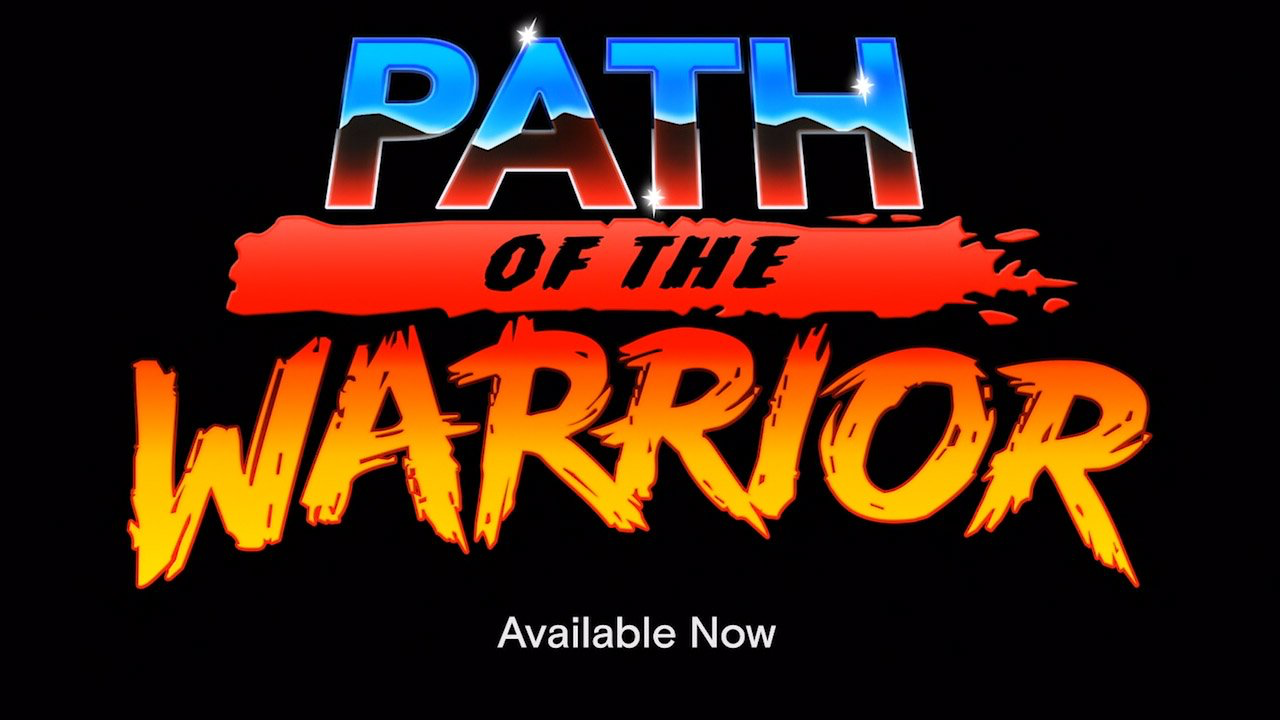Path of the Warrior started as a 2D game that was never meant to make it out of the arcade. Not only was this game never supposed to make it out of the arcade, but the console and beyond was nothing more than a simple idea.
Taking this game from a low-pixel 2D game to a realistic 3D VR game wasn’t an easy task. When making the game, the entire development team took many long looks back at the retro brawler games that came before this one.
“Classic enemy and level tropes were the first things explored,” says Project Director of Design Eric Wenske. “Plenty of other inspiration made it over too: food [to recover health], weapons, end level scores, etc.”
“For some enemies, we looked back at the enemies of Streets of Rage and Final Fight,” Wenske notes. “For others, we tried coming up with new ideas that would work well in VR.”
The team took a hard look at the game before the release and ensured each of the enemies was fun and engaging to fight inside of virtual reality. Not all ideas translate well, and the VR community is not a place where bad games succeed too often.
As for weapons, the team populated the game fully. They wanted to make sure that no matter where you were inside of the game, you had a chance to bash an enemy face in with a lamp or a chair. “The art team came up with plenty of great ideas,” says Wenske. “Then we had a system in place where we could go in and tweak values.”
Because the heavy use of weapons in this game, many of them had to be adjusted to make sure they simply didn’t float through the air. Proper physics and weight distribution was a vital key to this whole process.
“Project Director of Development Mike Henry got the knife throwing in early,” he explains. “I remember hitting a grunt across the alley with it the first time testing it, and I asked him what he was doing for the aim assist. He replied that there was none. This sounds like bragging (and it is), but I think it’s interesting how natural and easy it is to just throw things in VR.”
“When in doubt, punch,” says Wenske. “I’ve always loved how boss battles work in Zelda games: You have a fight where you’re figuring out how to win, and then once you get it, you get a rewarding break where you get to slash the boss over and over with your sword. We did something similar, but changed ‘slashing with your sword’ to ‘pummeling with your fists.’”
Just as you’ll see in any video game, the boss fights require a steady pattern and a good technique. This game emphasizes that in many ways. “It’s very rewarding to throw Mosh Eddie’s knives back, and then you have the boss fight at the arcade that may be the most unique,” Wenske notes. “You also have the final boss fight, which is just an all-around good brawl.”
“We would make the Battle level before starting on its Break Time variant, so we would often look at what was in the level already to get inspiration,” says Wenske. “The Bar already had the dart board, punching bag, and beer tap before we even started those minigames. Since we’re in VR, we tried to come up with ideas that involved some sort of physical action, so games that required accurate throws, rolls, etc., were usually chosen.”
For more VR news and gaming updates, make sure to check back at VRGear.com.






























